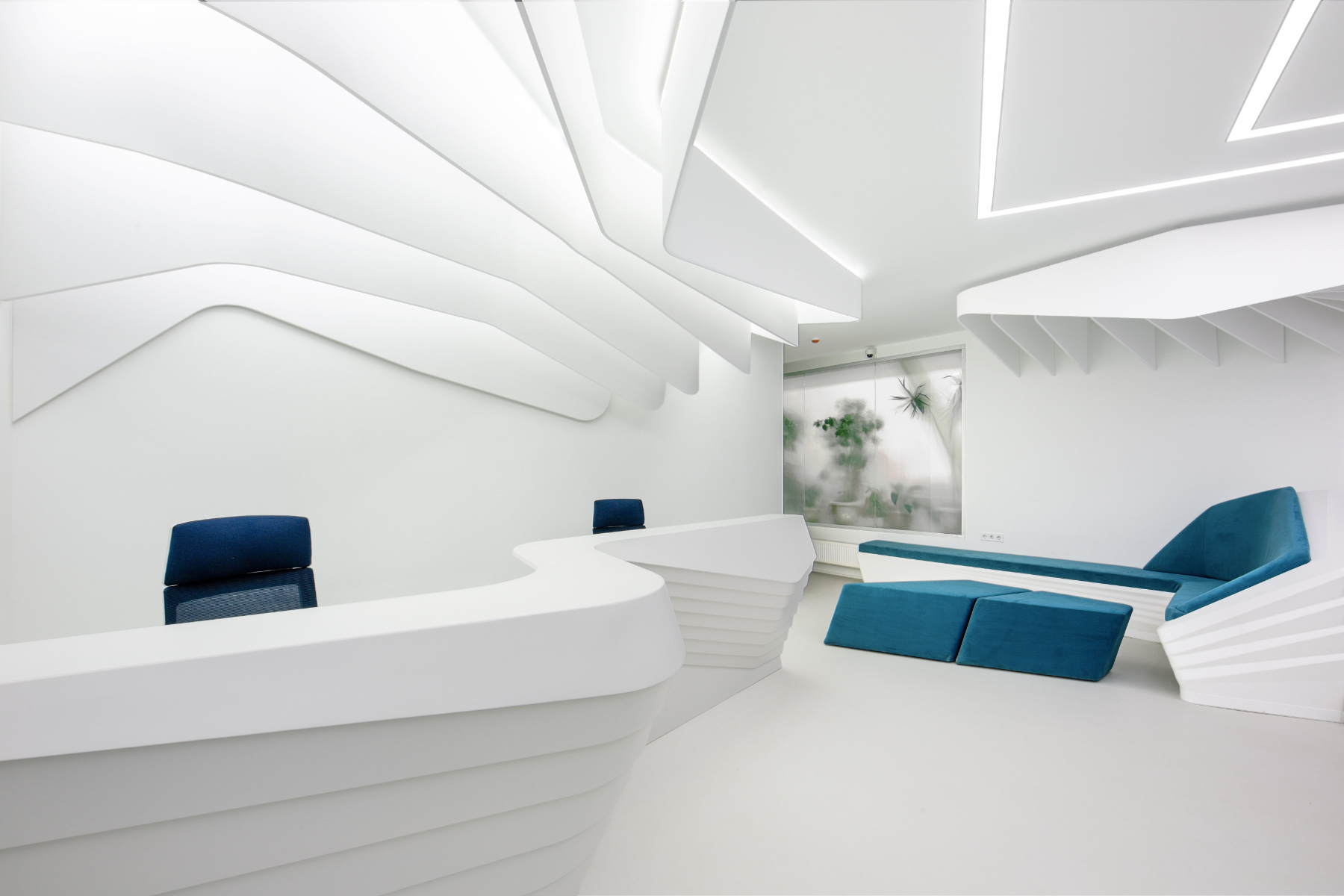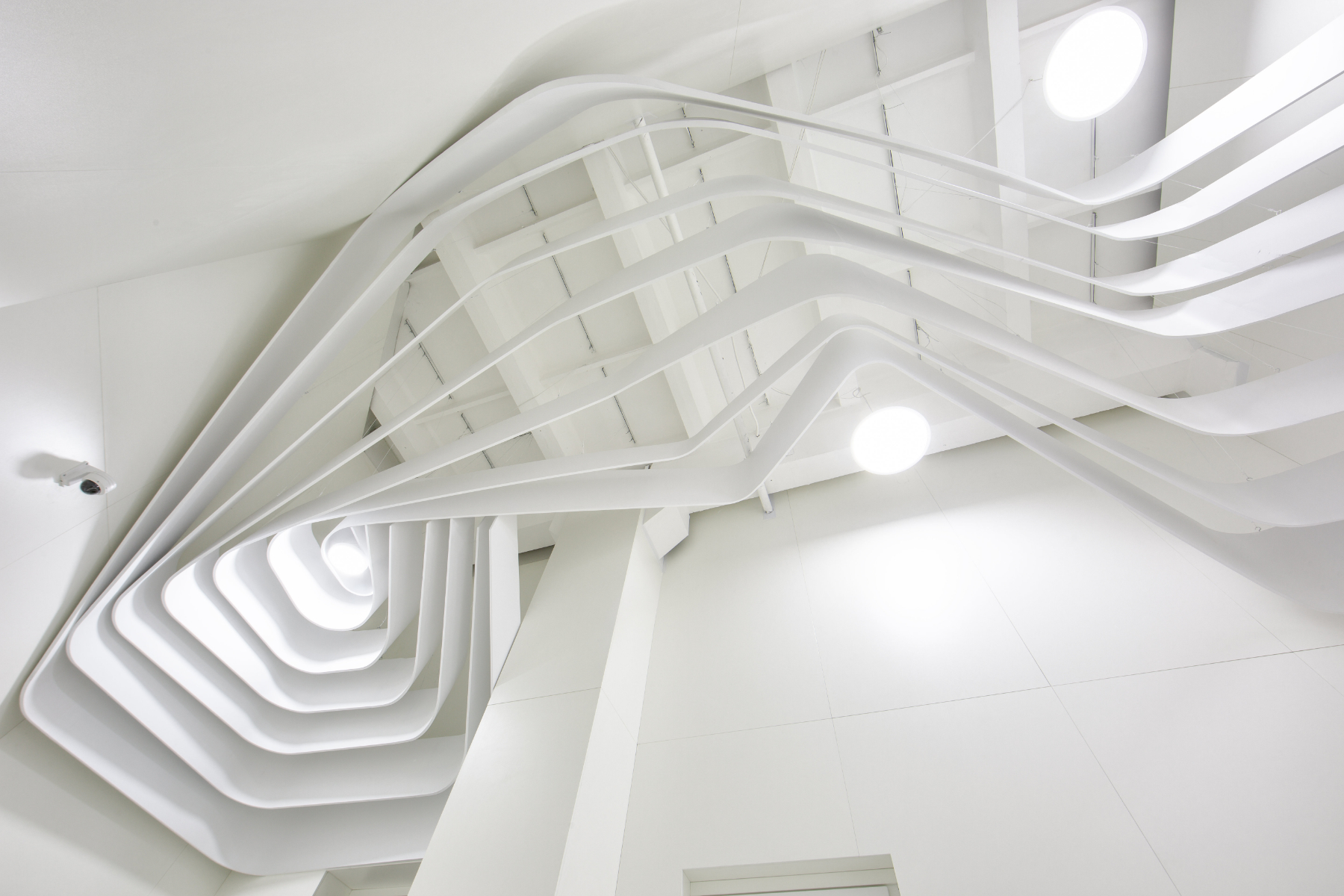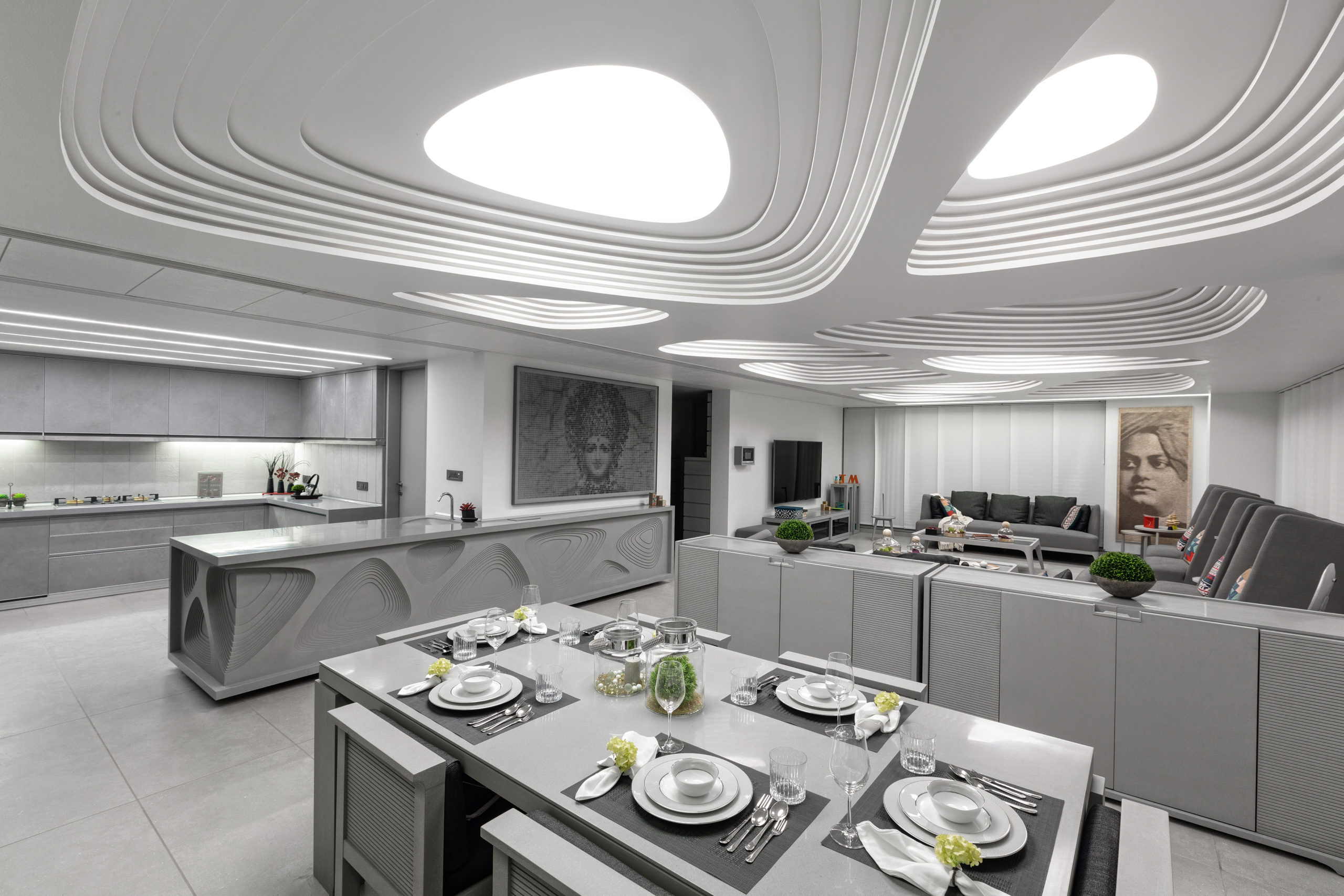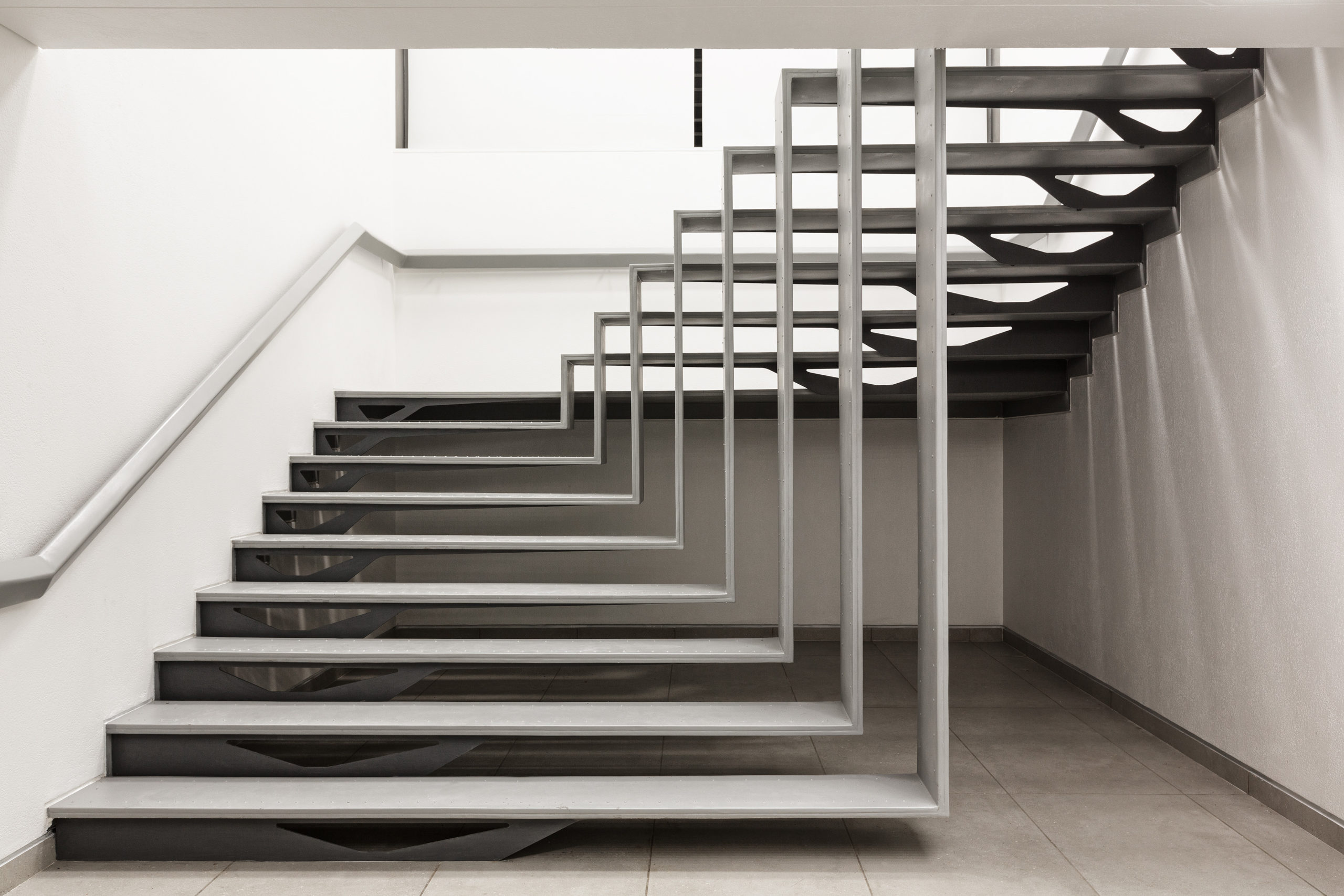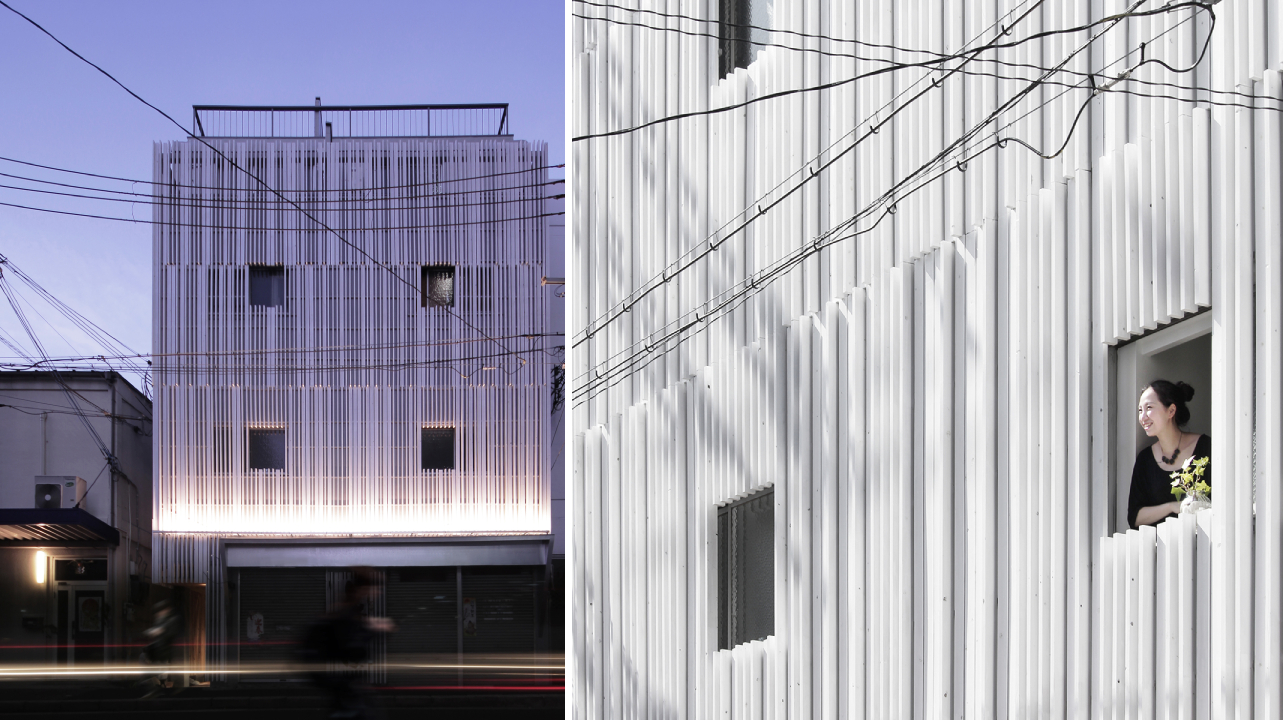Eight neutral home interiors proving that beige doesn’t have to be boring
A residence for retirees in Tel Aviv and a stripped-back Barbican apartment by minimalist architect John Pawson feature in this lookbook of beige interiors designed to bring a sense of calm into the home.
To compensate for their desaturated colour palette, these spaces rely on a varied material palette – ranging from pale timbers and limestone to textured plaster – in order to add visual and tactile interest.
Accompanied by plenty of storage, this helps to create peaceful, decluttered spaces even in tight urban areas.
This is the latest in our lookbooks series, which provides visual inspiration from Dezeen’s archive. For more inspiration see previous lookbooks featuring cosy cabins, save-saving pocket doors and Spanish apartment renovations with eclectic tiles.
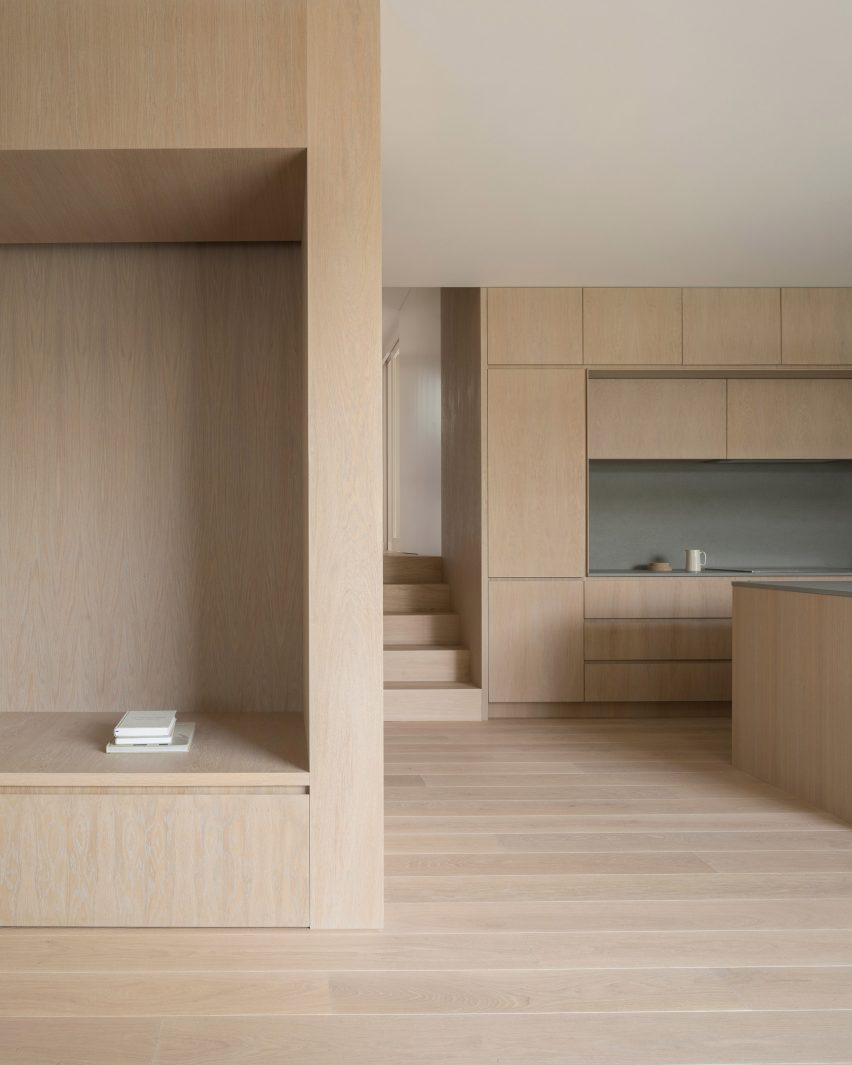
Dollis Hill Avenue, UK, by Thomas-McBrien
British architecture firm Thomas-McBrien used pale bricks and whitewashed oak joinery to create a “calm and relaxing” atmosphere inside this house extension in London’s Dollis Hill.
In the pursuit of continuity, the timber was used to line everything from the kitchen cupboards and the floors to a newly added partition wall, which conceals a hidden utility room on one side and forms a cosy reading nook on the other.
Find out more about Dollis Hill Avenue ›
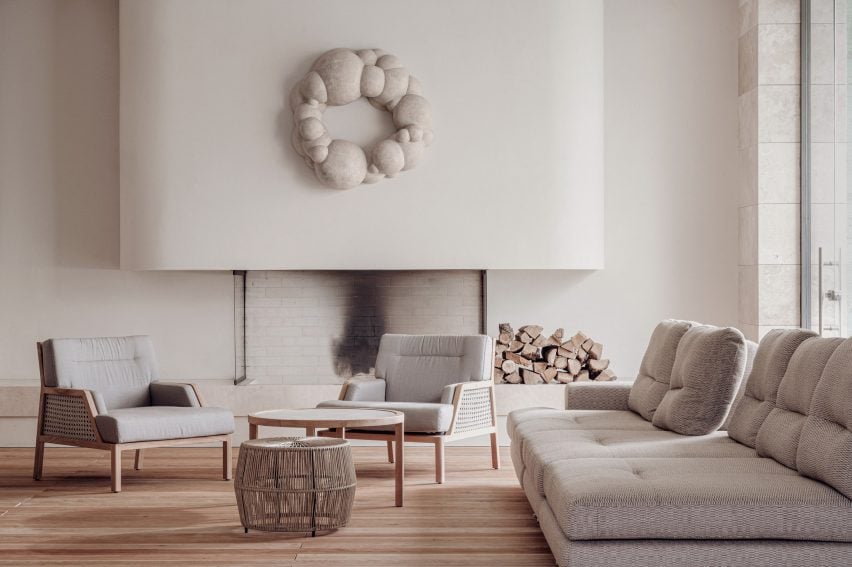
Mureli House, Ukraine, by Makhno Studio
Completed just two months before Russia’s invasion of Ukraine, this home near Kyiv was designed to celebrate Ukrainian craft traditions and is finished almost entirely in beige.
“All materials in the home are natural,” architect Serhii Makhno told Dezeen. “The team used almost all Ukrainian brands and worked with several local contractors to minimise the distance and logistics.”
Find out more about Mureli House ›
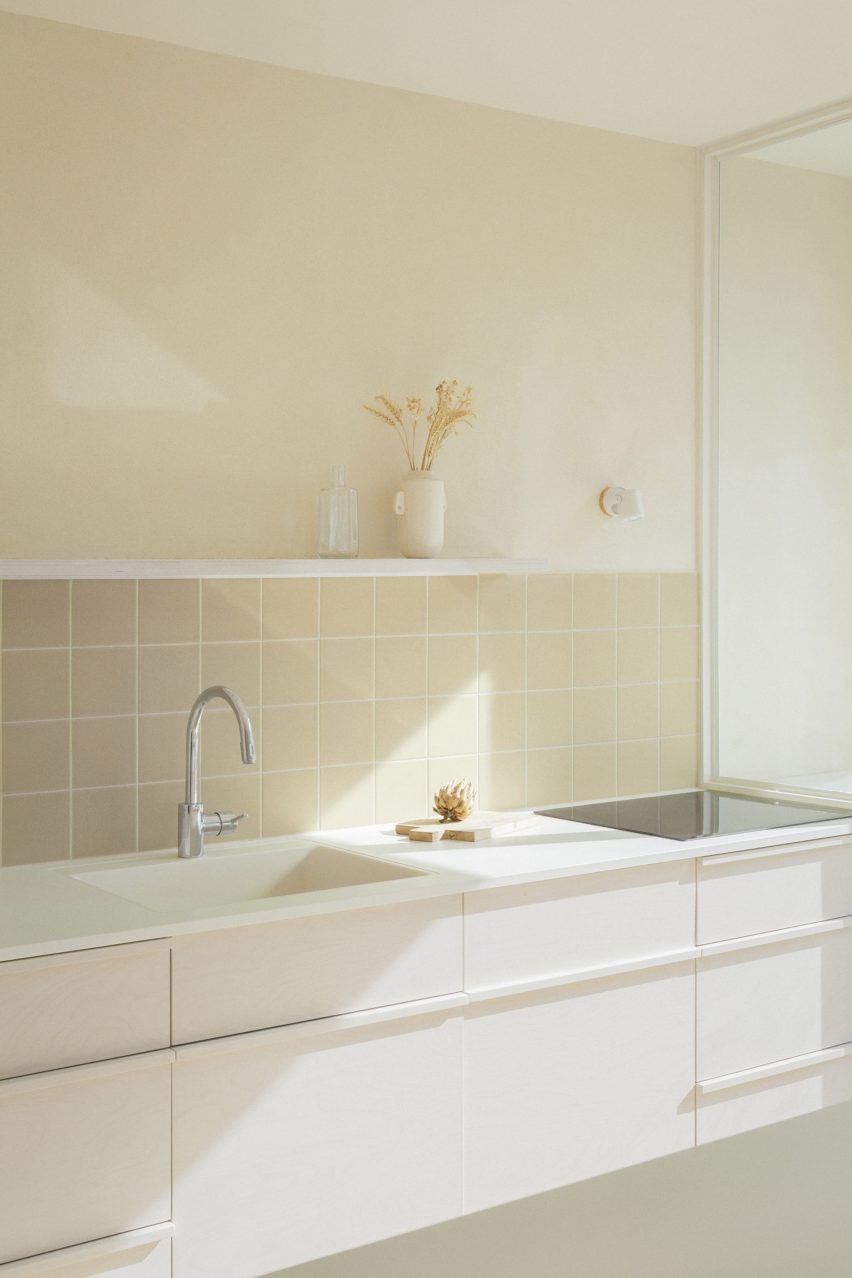
Iceberg apartment, Israel, by Laila Architecture
Israeli architect Talia Davidi of Laila Architecture used only pale, muted colours when designing this apartment in Tel Aviv, with the aim of turning it into a calm refuge for its retired owners.
To form a brighter, more open floor plan, almost all of the home’s partition walls were removed, while many of the surfaces – including the kitchen and the storage volume-cum-room divider in the living room – were finished in light birch plywood.
Find out more about Iceberg apartment ›
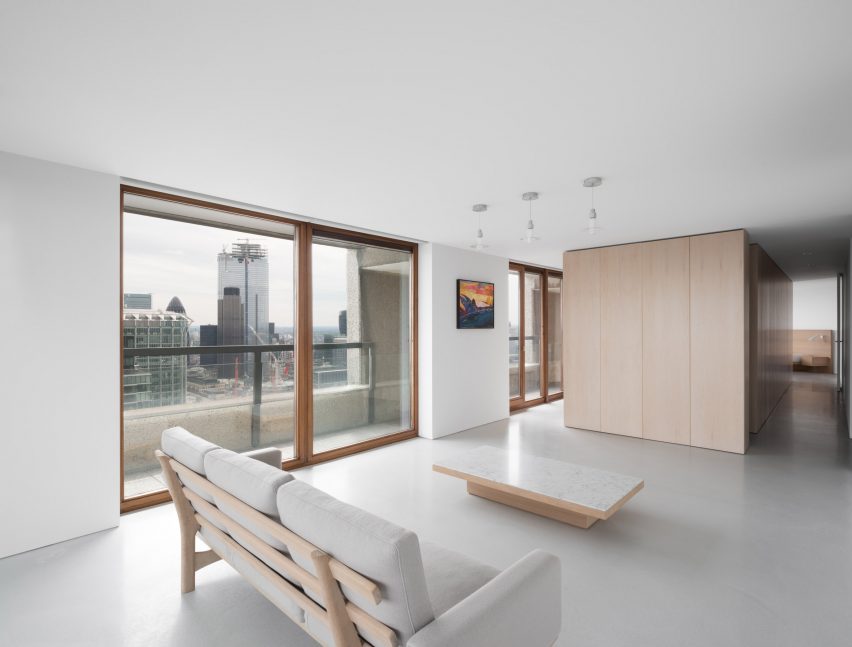
Barbican apartment, UK, by John Pawson
In keeping with his typically minimalist style, British designer John Pawson stripped this Barbican apartment back to its bare bones, adding only a smattering of furnishings and pale surfaces all around.
Full-height cupboards were integrated into a central timber volume made of bleached maple wood so that all belongings can be stowed away rather than cluttering the space.
Find out more about the Barbican apartment ›

Forest Retreat, Sweden, by Norm Architects
Sandy-hued Dolomite plaster, plump greige sofas and a sheepskin-covered lounge chair were used to dress the living room of this traditional timber cabin in a Swedish forest, which Danish studio Norm Architects has converted into a pared-back holiday home.
“Creating homes is often an exercise in restraint,” explained co-founder Jonas Bjerre-Poulsen. “And while the creation of a simple, authentic and welcoming space might seem effortless and natural once completed, the journey to simplicity and the exercise of finding essence is often rather complex and not an easy task.”
Find out more about Forest Retreat ›

Low Energy House, UK, by Architecture for London
Architecture for London founder Ben Ridley aimed to celebrate the “modest beauty” of this three-floor Edwardian house in Muswell Hill when turning the neglected building into his own home.
Instead of cement-based products, natural materials including limestone, lime plaster and timber were used throughout the scheme to emphasise the home’s original details while also lowering its embodied carbon footprint.
Find out more about A Brutalist Tropical Home ›
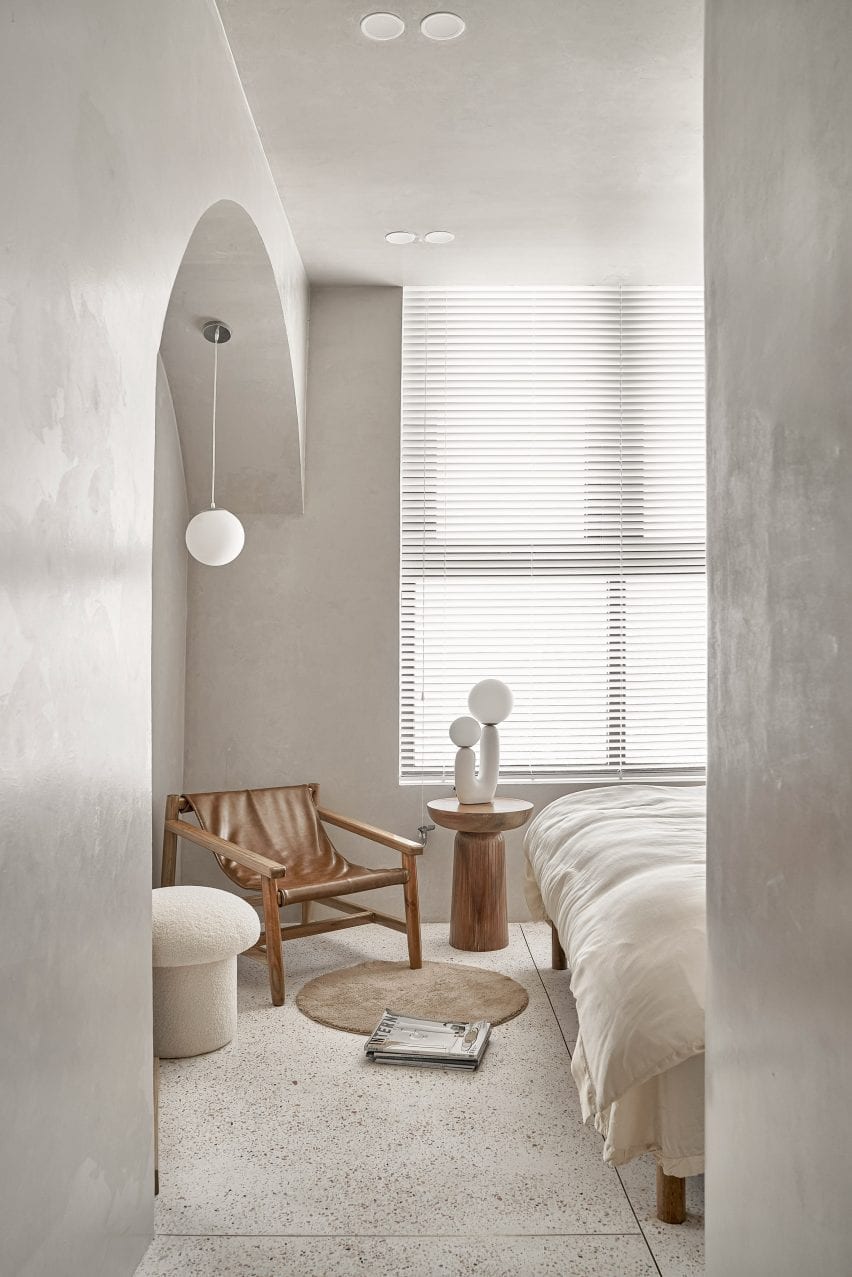
Brown Box apartment, Vietnam, by Limdim House Studio
Creamy terrazzo features not just on the kitchen counters but spills out across all of the floors of this apartment in the Vietnamese port city of Huế, designed by local practice Limdim House Studio.
Curving walls covered in textural plaster provide a backdrop for the interior’s restrained colour palette, which is warmed up with a handful of wooden furnishings to evoke a sense of quiet sophistication.
Find out more about Brown Box apartment ›
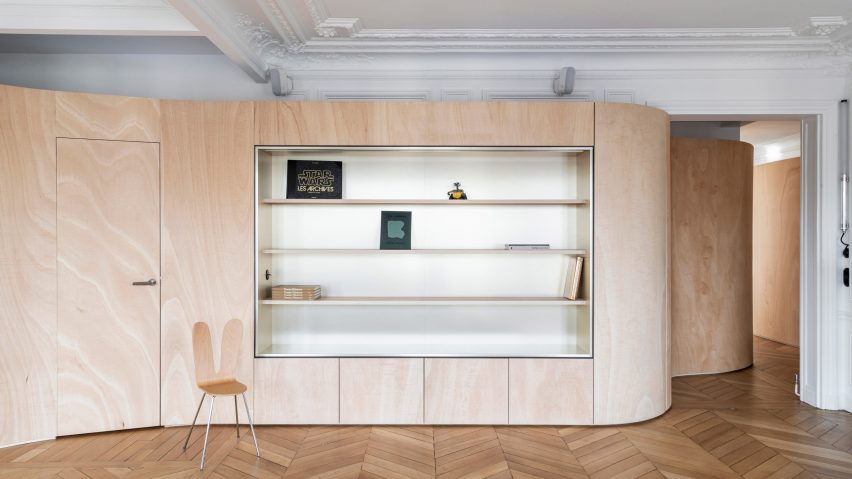
Wood Ribbon apartment, France, by Toledano + Architects
A sinuous plywood wall snakes its way through this Haussmann-era apartment in Paris, forming integrated shelves in the sitting room and storage cupboards in the kitchen that can be pushed back to reveal the sink and appliances.
The pale wood complements the apartment’s original parquet flooring and ornate plasterwork, paired with tonal furnishings including an oatmeal-coloured sofa in one room and a travertine island in the other.
Find out more about Wood Ribbon apartment ›
This is the latest in our lookbooks series, which provides visual inspiration from Dezeen’s archive. For more inspiration see previous lookbooks featuring cosy cabins, save-saving pocket doors and Spanish apartment renovations with eclectic tiles.



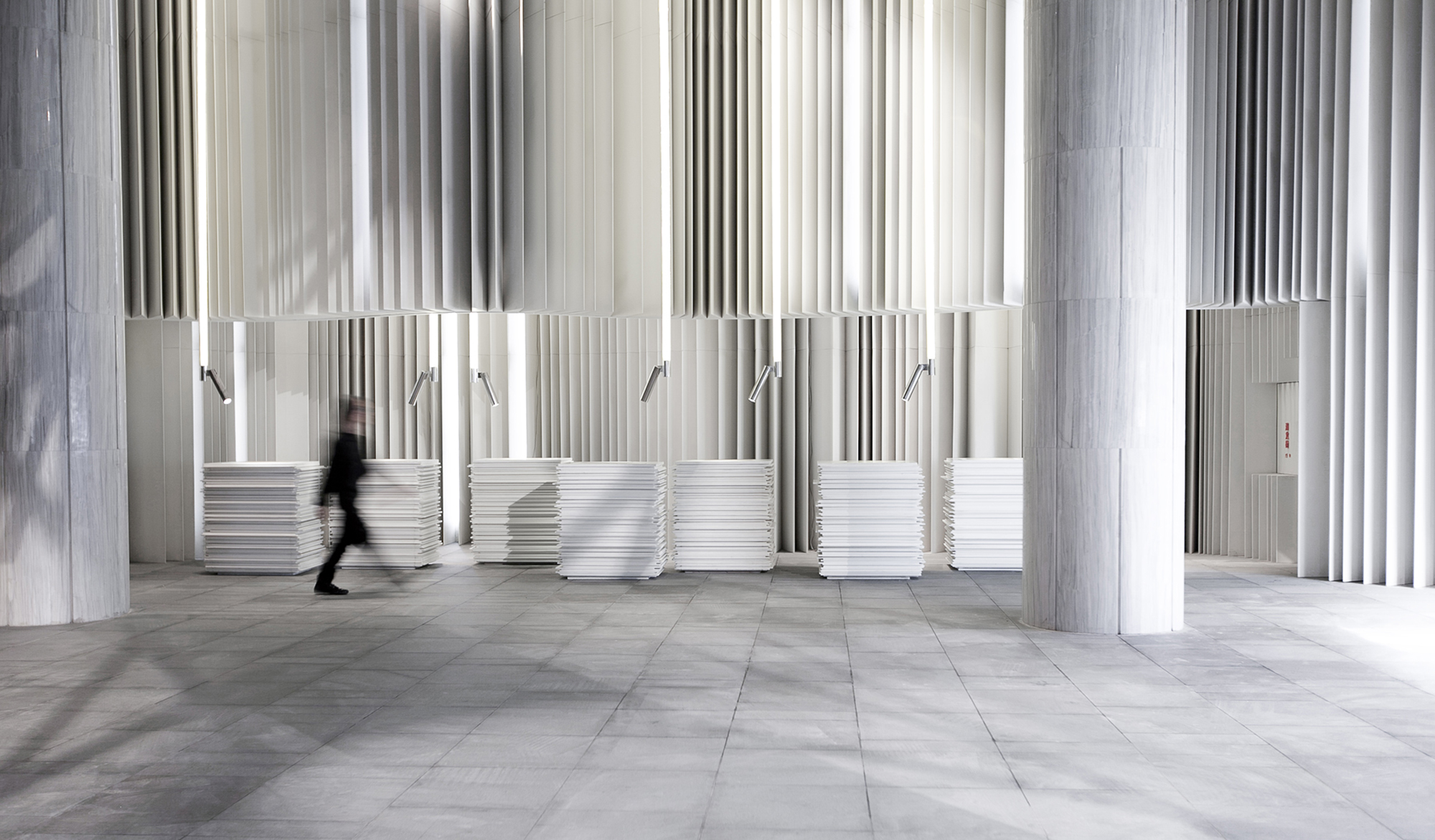
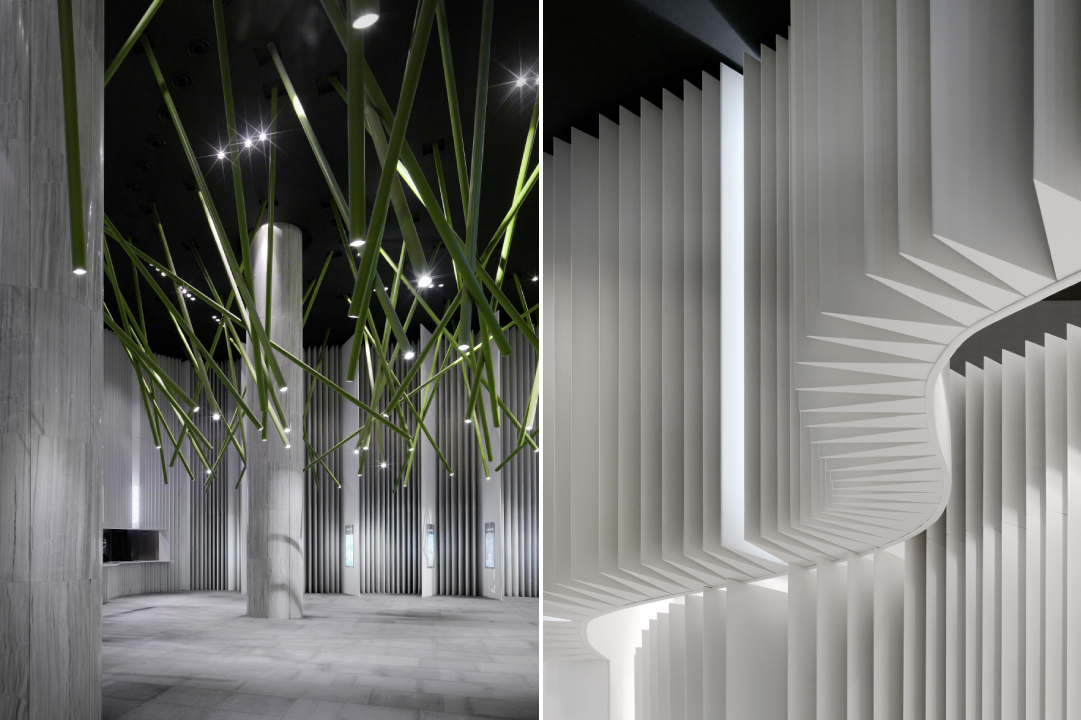
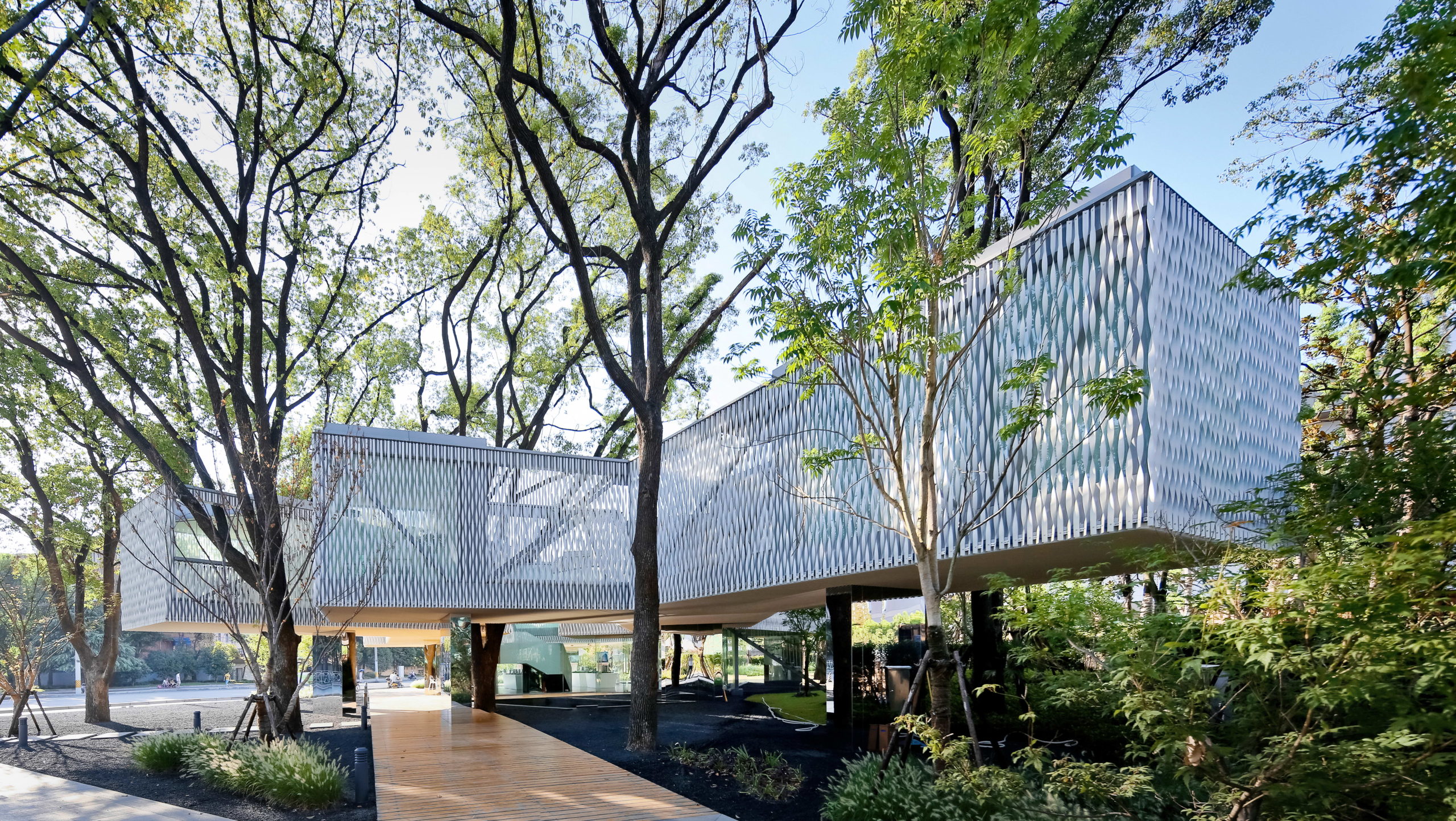
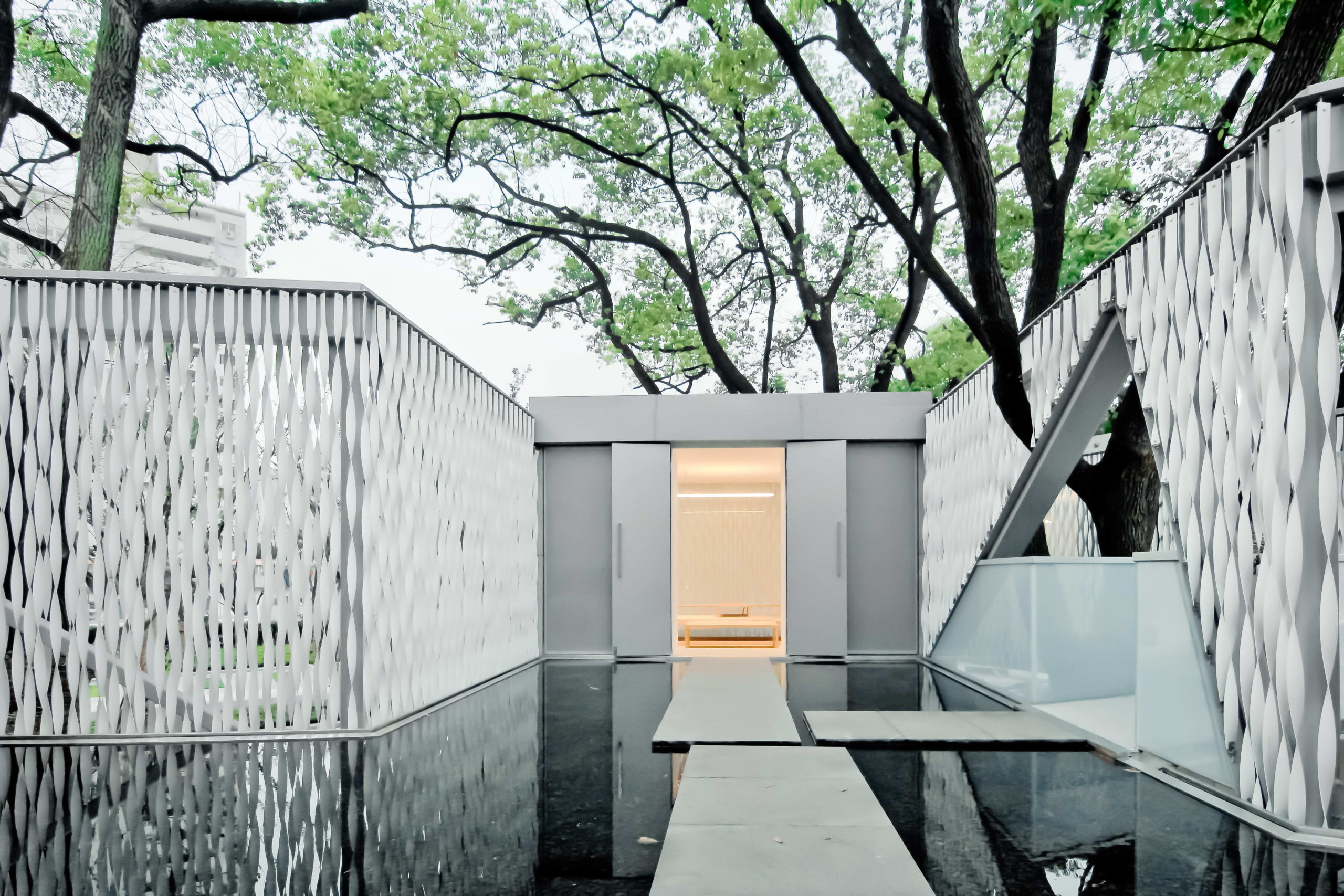 Huaxin Business Center by Scenic Architecture, Shanghai, China
Huaxin Business Center by Scenic Architecture, Shanghai, China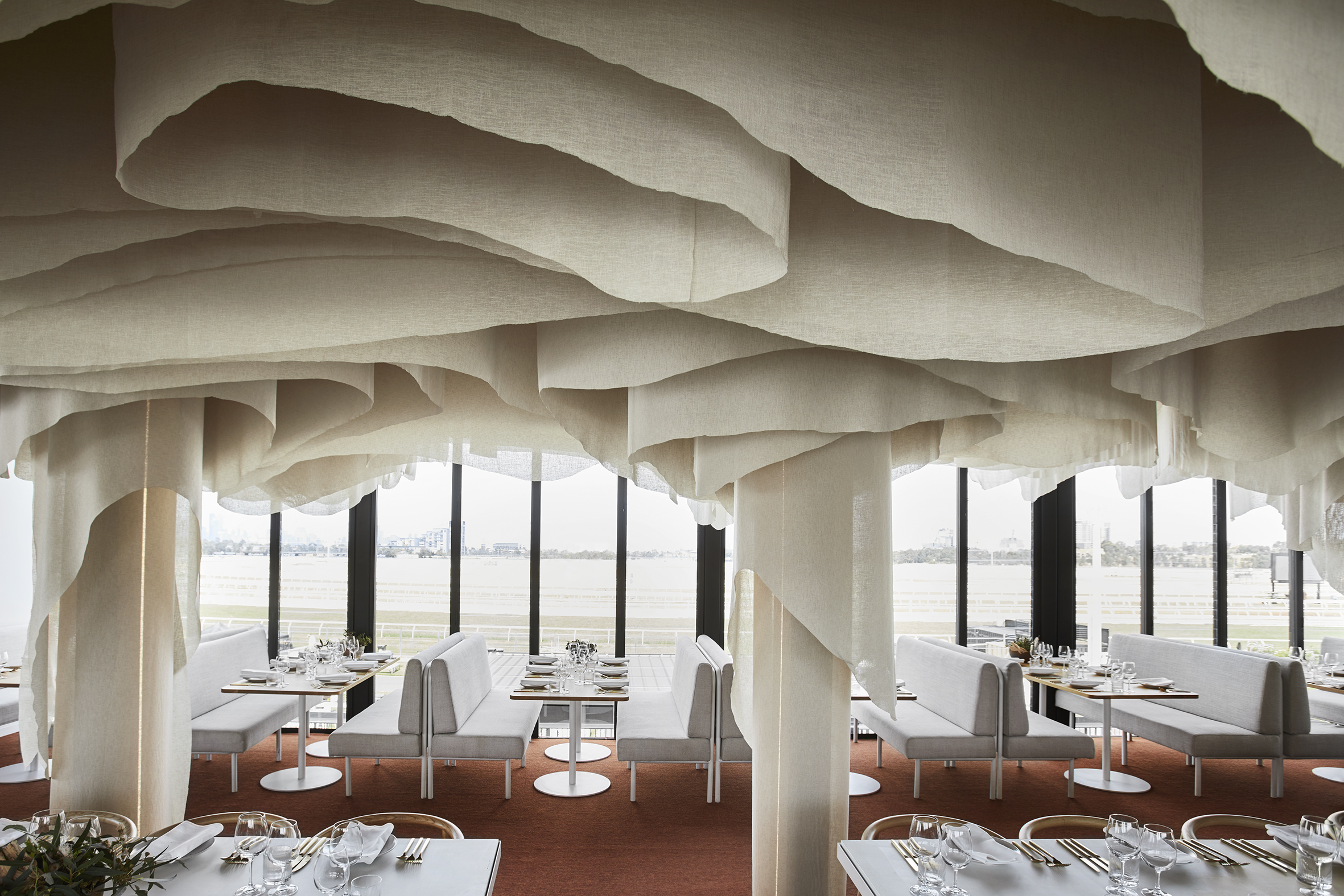
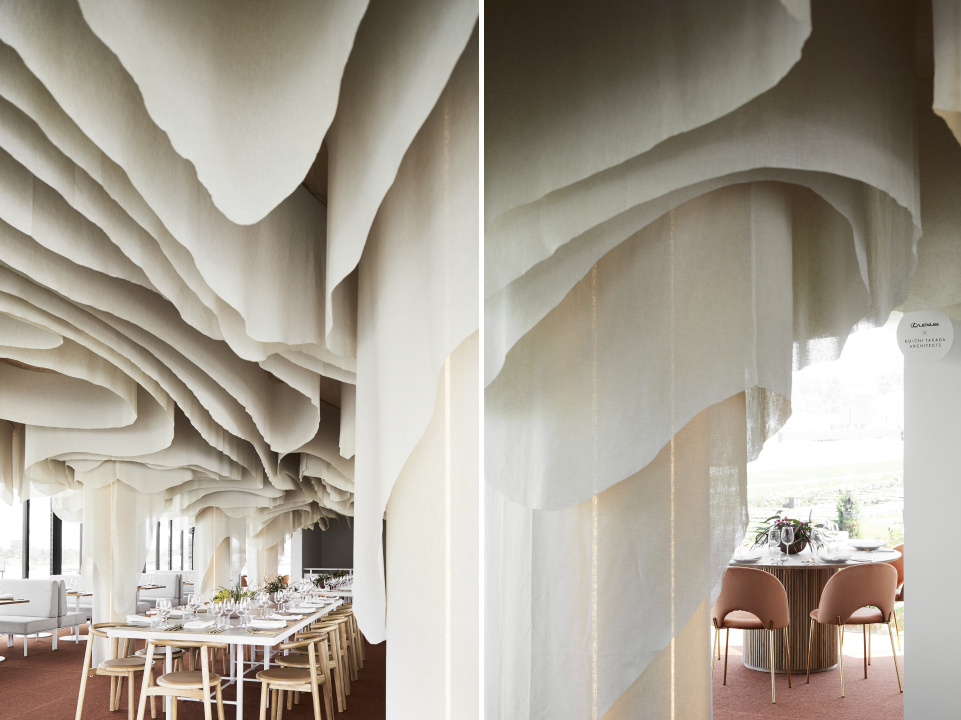
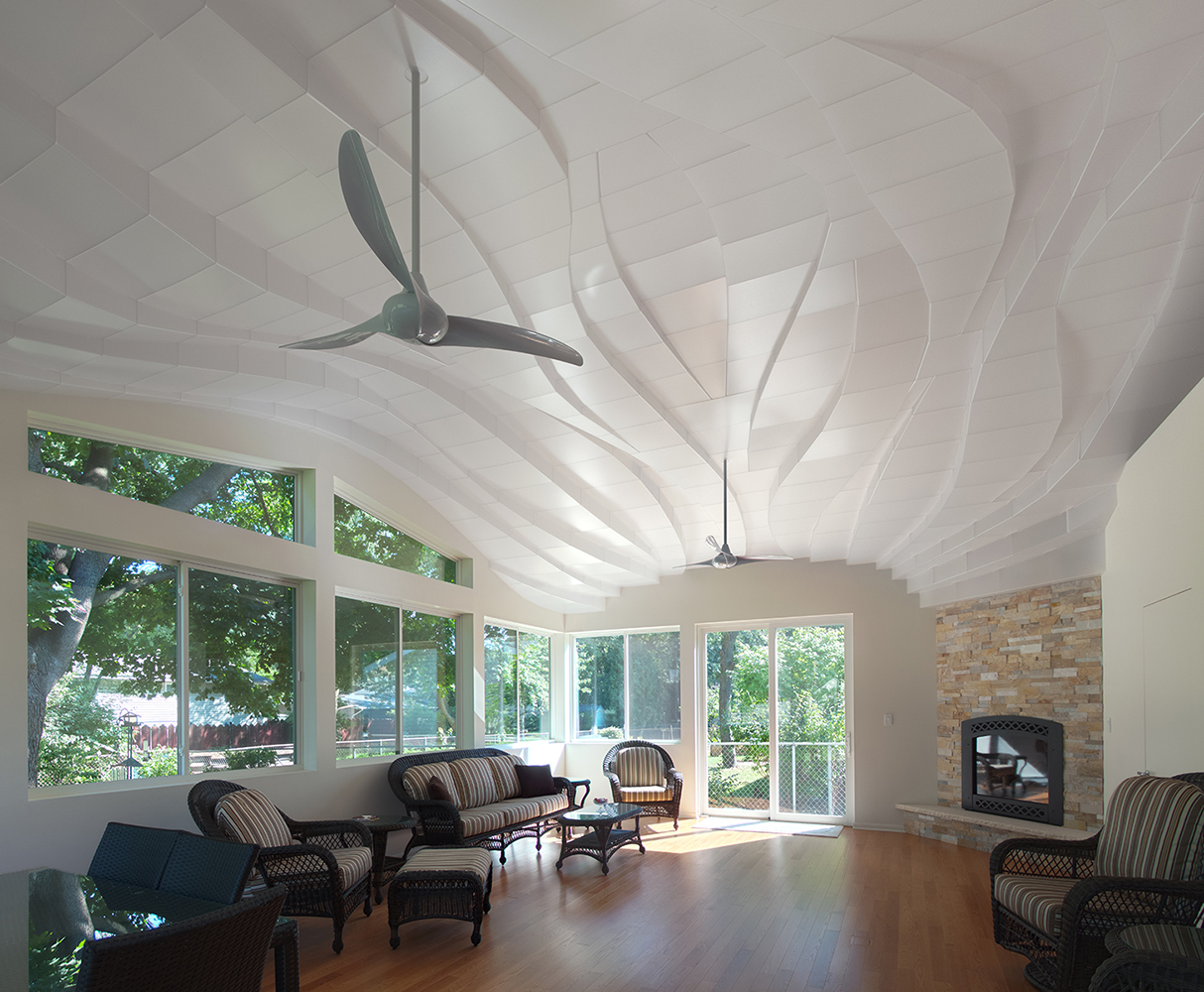
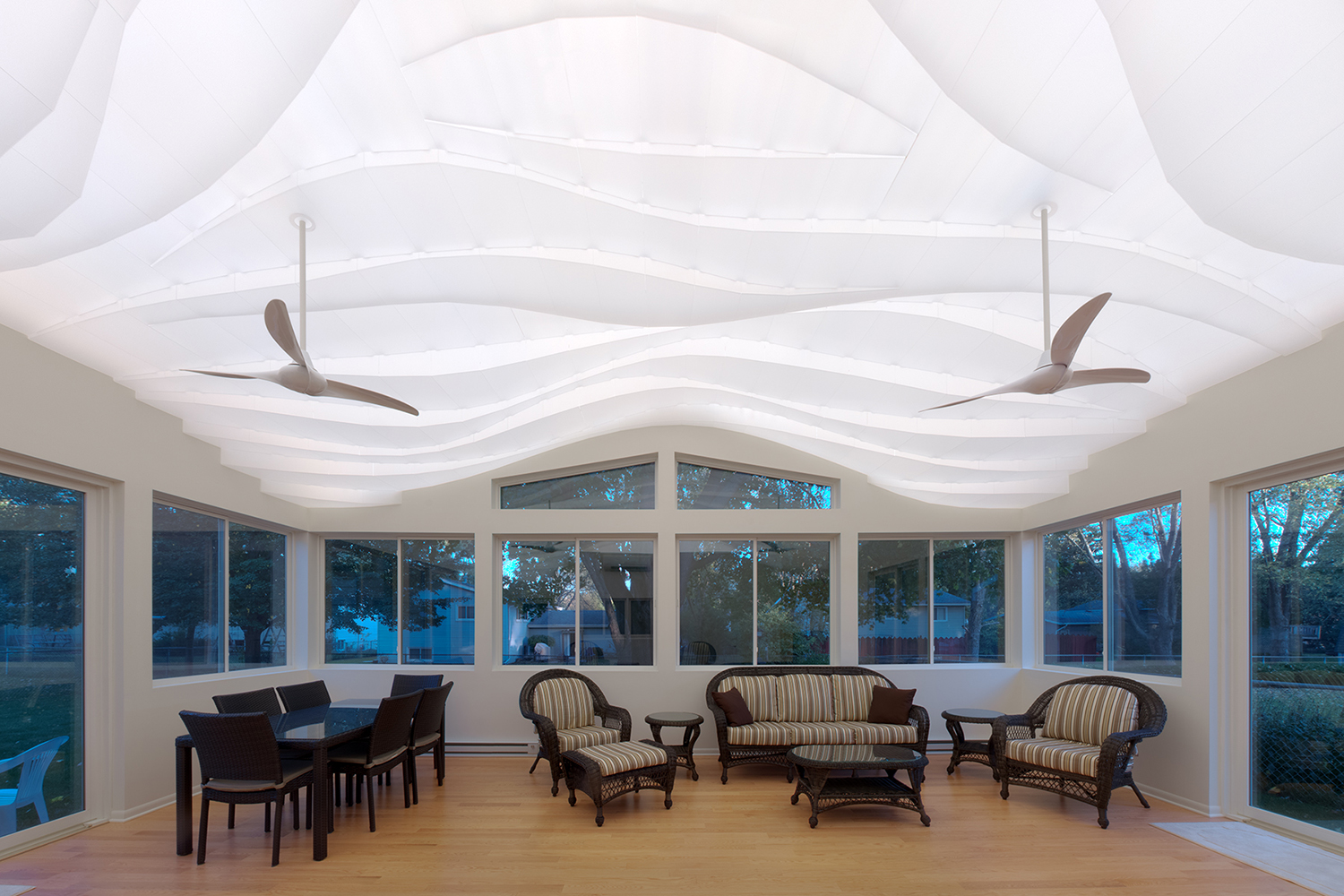 “Light Arrival” Yorkshire Ceiling by Flynn Architecture & Design, Crystal Lake, Illinois
“Light Arrival” Yorkshire Ceiling by Flynn Architecture & Design, Crystal Lake, Illinois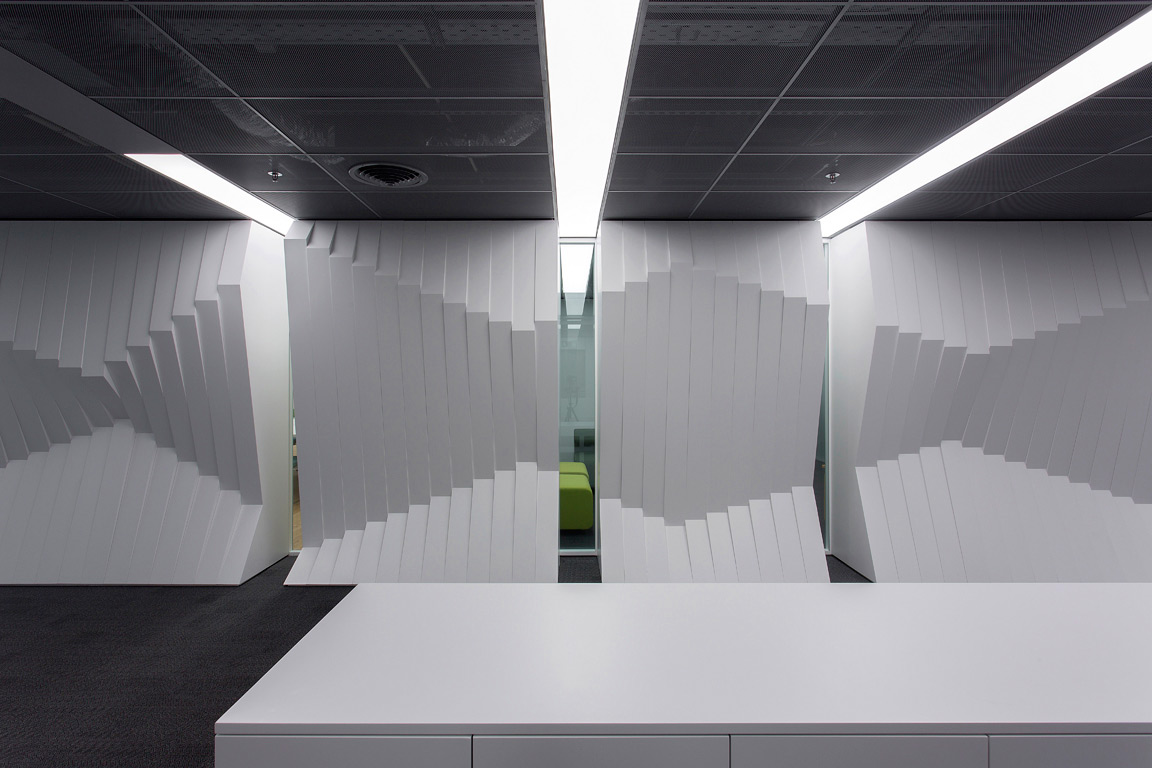
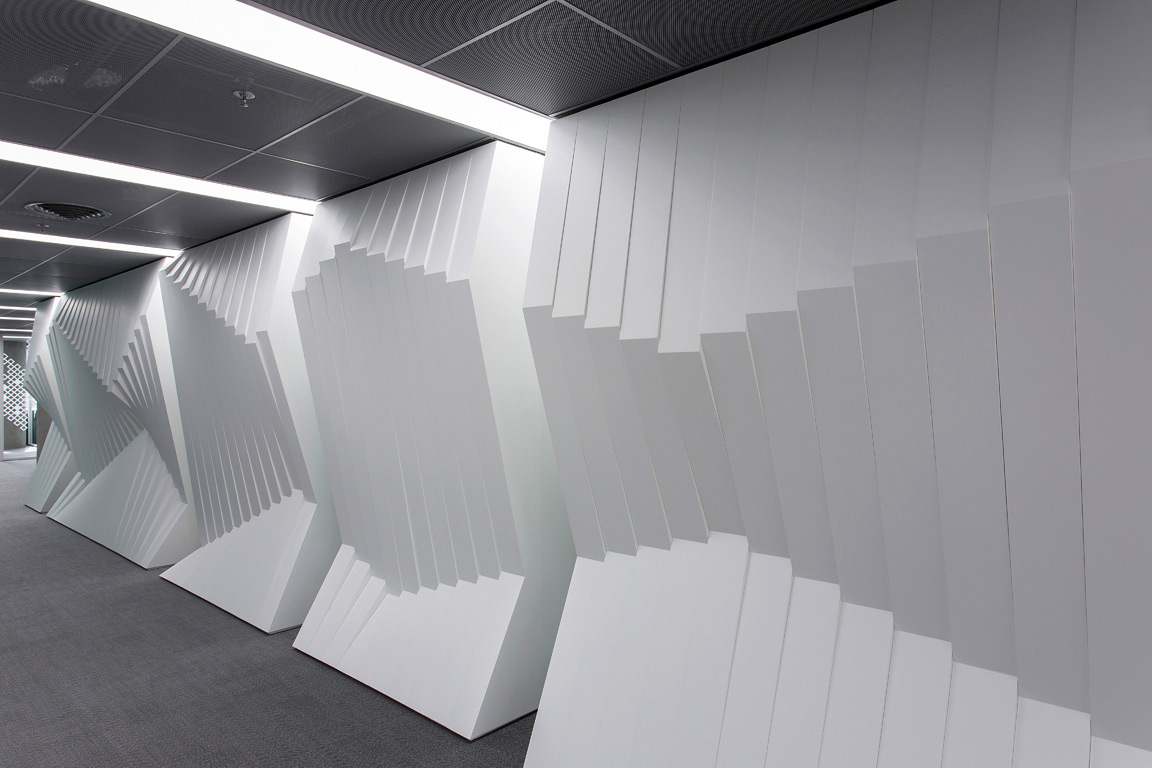 Norwegian embassy in Athens by gfra, Athens, Greece
Norwegian embassy in Athens by gfra, Athens, Greece